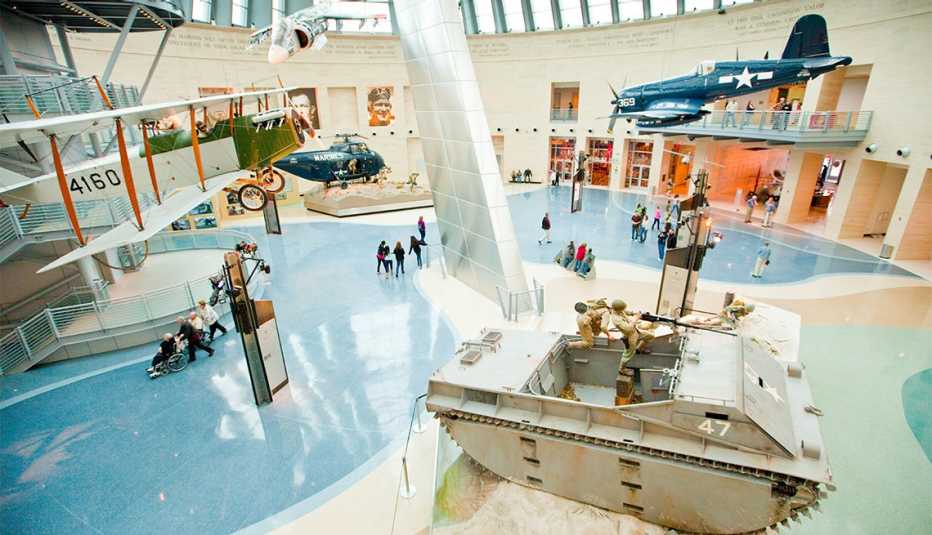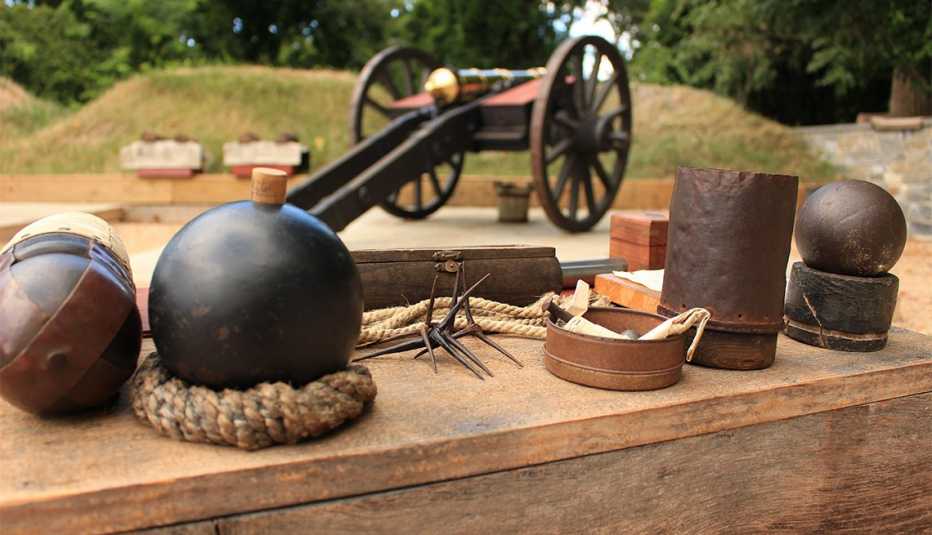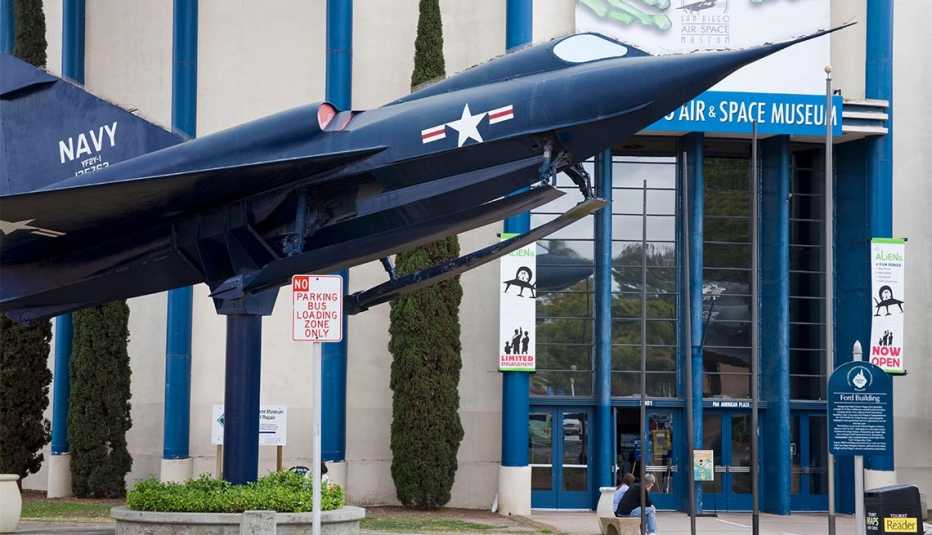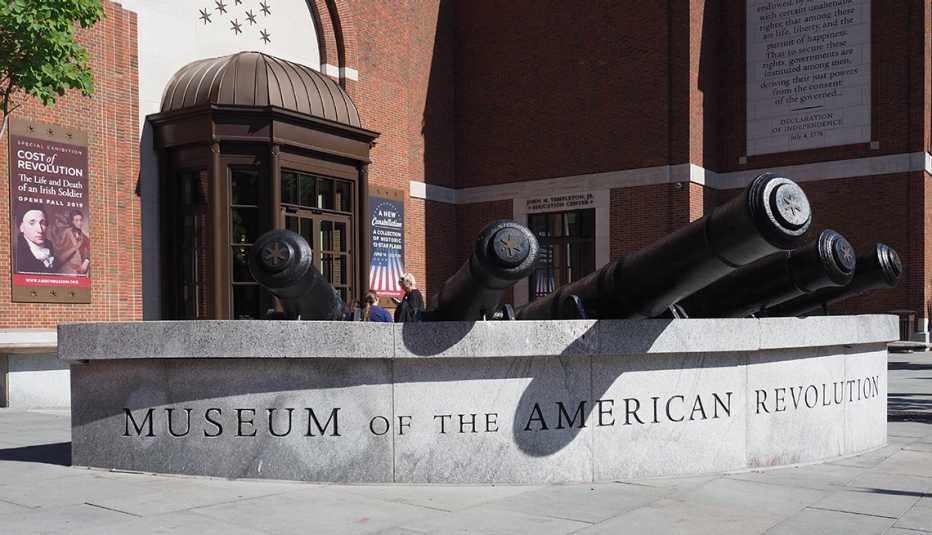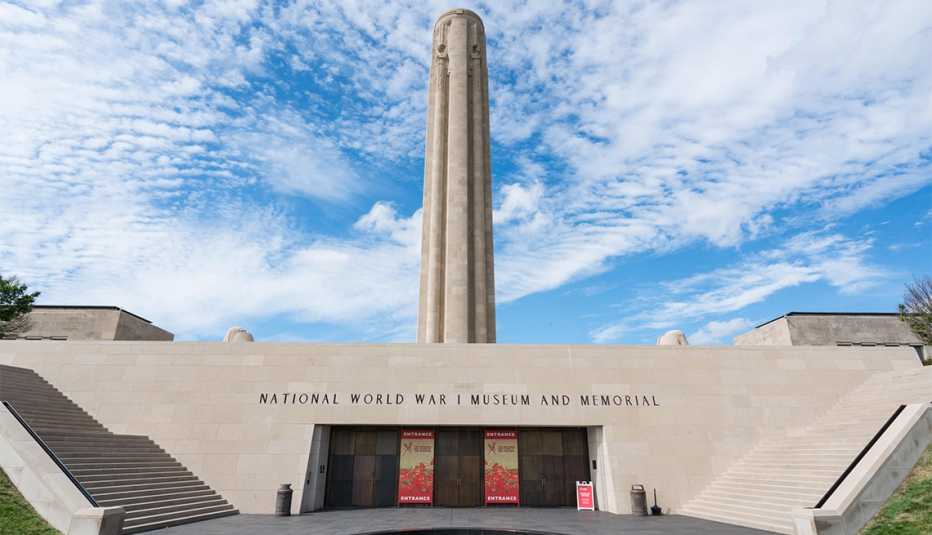AARP Hearing Center

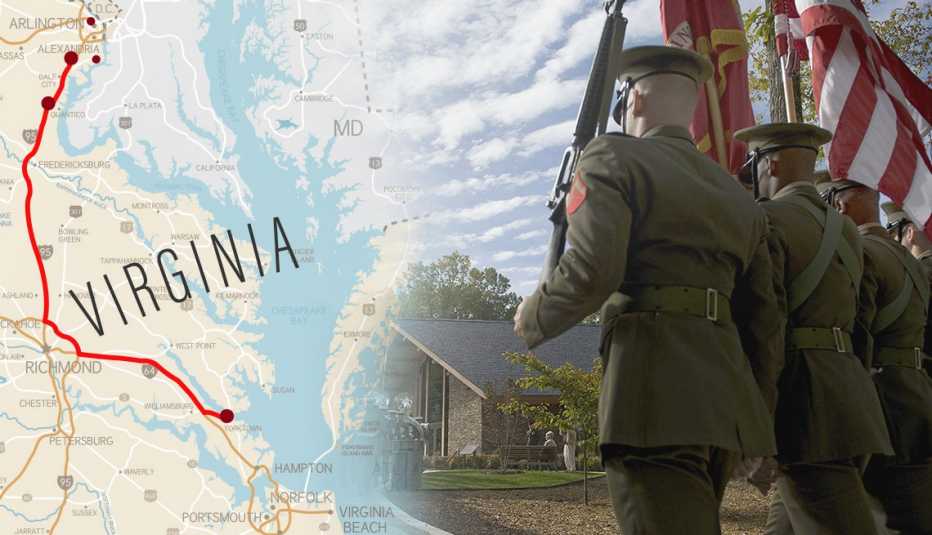
COVID-19 Update
The museums are operating at reduced capacity, with some interactive exhibit elements closed. Individuals who are fully vaccinated are not required to wear masks. Check museums’ websites for updates.
Our military forces have played a central role in our country's history from its birth. “The Army's history is really America's history,” says Tammy Call, director of the National Museum of the United States Army, which opened last year at Fort Belvoir in Fairfax County, Virginia. The same can be said for the nation's other armed forces.
On a Virginia road trip showcasing military bravery and patriotism, you can dive deep into this heritage at flagship museums devoted to the Army, Marine Corps and American Revolution. You could complete this 150-mile journey in two days, but give yourself at least three days to explore other historic sites and attractions on the route.
If you fly into the area, arrive at Reagan National Airport in Arlington, Virginia. Then either get a one-way car rental to Norfolk, and fly home from there, or plan a round-trip route in and out of the Washington, D.C., area.


National Museum of the United States Army
Start your adventure at the Army museum, about 23 miles south of Washington, D.C., and just a few minutes from Interstate 95 (be sure to reserve free timed-entry tickets online before your trip). This 185,000-square-foot facility looks like a cold, imposing steel-and-glass box from the outside, but inside you'll find surprisingly personal, moving stories. As you wander through the museum, you'll see more than 1,300 artifacts and life-size dioramas, along with films, graphics and texts.
Plan Your Trip
National Museum of the United States Army, 1775 Liberty Drive, Fort Belvoir, Virginia
Visit: Daily (closed Christmas Day), 9 a.m. to 5 p.m.
Admission: Free, but due to the museum's popularity, timed-entrance tickets are required and available through the museum's website.
Best time to visit: Weekday afternoons, in order to avoid morning school groups.
Best season to visit: Winter is likely to be the least crowded time.
Accessibility: Regular and heavy-duty bariatric wheelchairs are available at no charge (first come, first served) and can be taken to the parking lot about 100 yards away. Guests also can be dropped off at the closer bus entrance. The museum itself is fully accessible.
If you have extra time: Consider visiting some of the many veterans’ memorials in downtown Washington, D.C., including the Vietnam Veterans Memorial and World War II Memorial.
Explore the galleries chronologically, starting with the Founding the Nation Gallery, which welcomes visitors with a sword from the early 1600s that was recovered at the colonial settlement of Jamestown. Four hundred years of history and exhibits later, the Changing World Gallery ends with a fleece jacket recovered from an Iraqi air base bombing in early 2020.
In between you'll eye treasures such as a dented combat helmet belonging to Sgt. Alvin York, the World War I hero who captured 132 German troops; and the Black Hawk Down helicopter engine recovered from the 1993 Battle of Mogadishu in Somalia.
While celebrating the Army, the museum doesn't sugarcoat its history. Some displays address moments this branch has admitted as wrongdoing, including the My Lai massacre in Vietnam and the torture of Iraqis at the Abu Ghraib military prison.
And its exhibits help you fully appreciate the challenges and dangers soldiers face in combat. In the World War I immersive experience, you can navigate your way through simulated trenches as unnerving battlefield footage surrounds you — bombed-out buildings, soldiers firing machine guns, a Renault FT-17 tank riddled with more than 1,000 bullet holes from the Meuse-Argonne Offensive, which involved more than a million soldiers.
The Global War Gallery takes you to D-Day, where life-size figures descend a cargo net into one of the six remaining wooden landing crafts used during the Normandy invasion. Look for details in the scene, and imagine the fear soldiers faced as they climbed down to tiny LCVP (aka Higgins) boats bobbing in the cold sea. In minutes, they would face grisly horrors as they landed on the beach in German-held France to begin a waterlogged assault as Nazi machine-gunners shot down on them from the hills above.
A film in the Cold War Gallery recreates the nerve-racking military drills that ready soldiers for nuclear attack. And the museum ends in the present era, with an up-close view of the dangers troops faced in the Middle East. Acrylic floor panels require you to step over replica IEDs, the improvised explosive devices that proved so hazardous and fatal.
































































